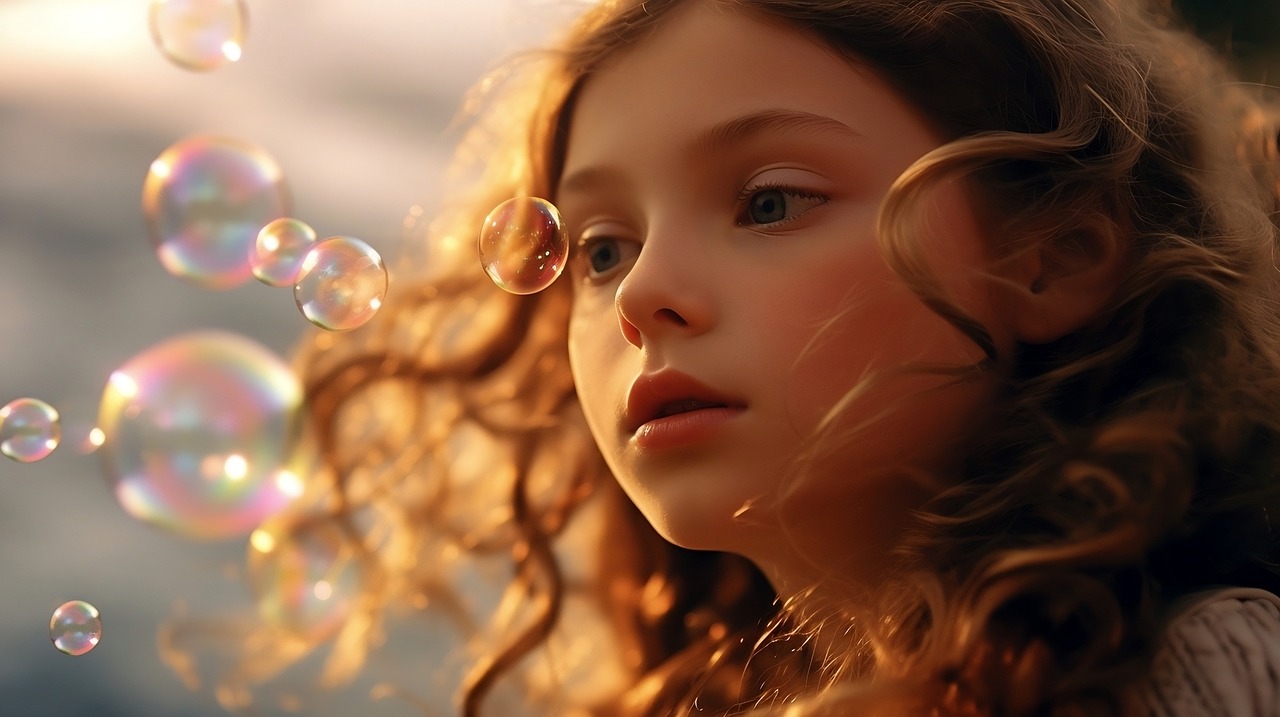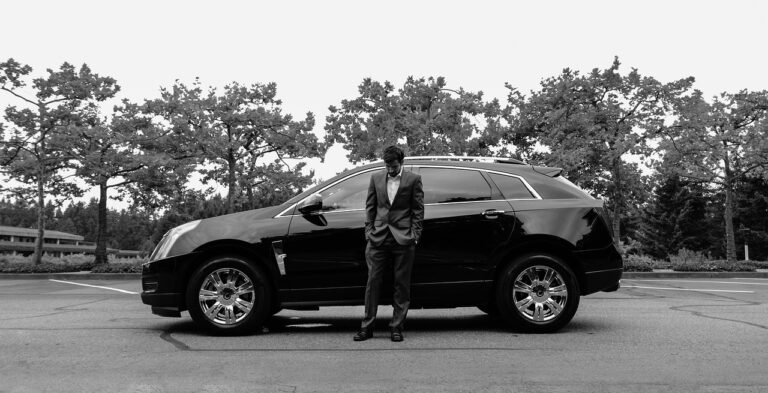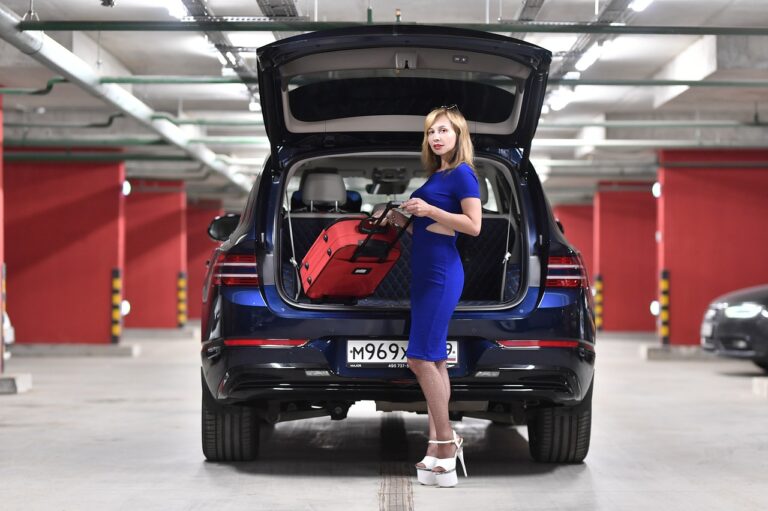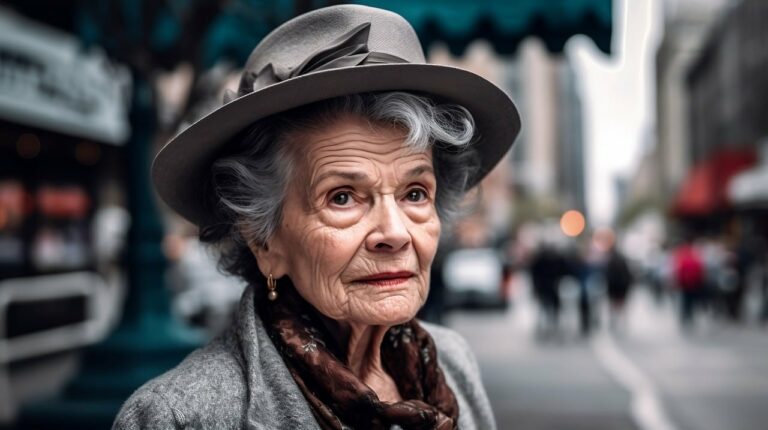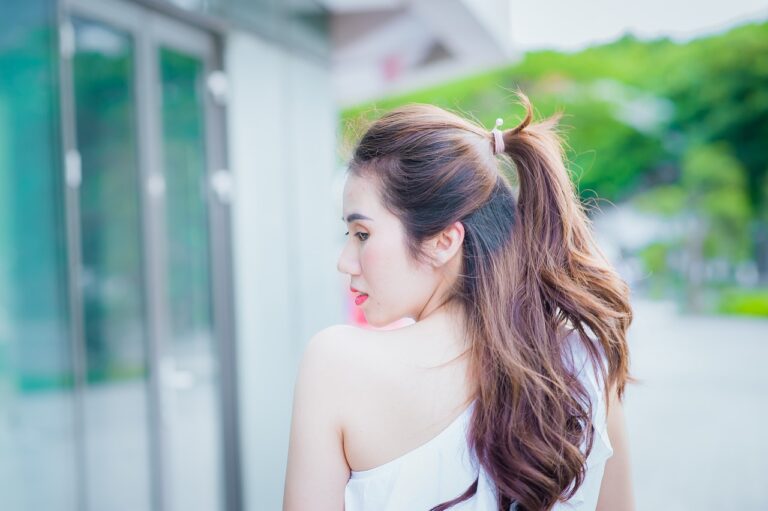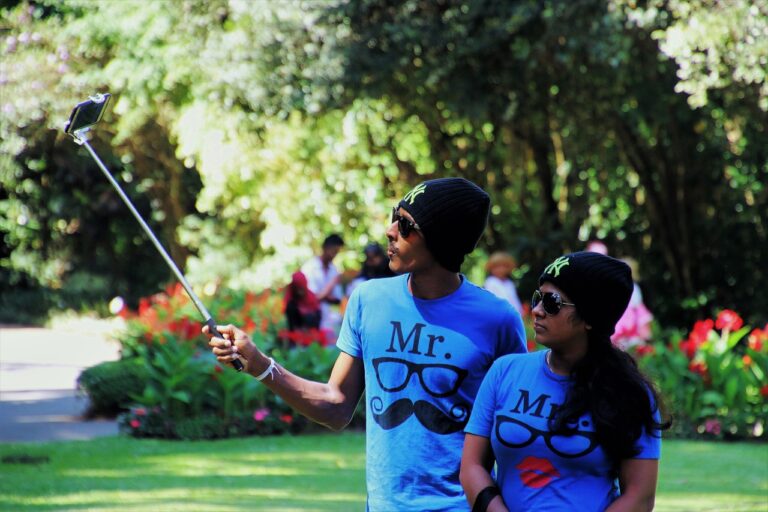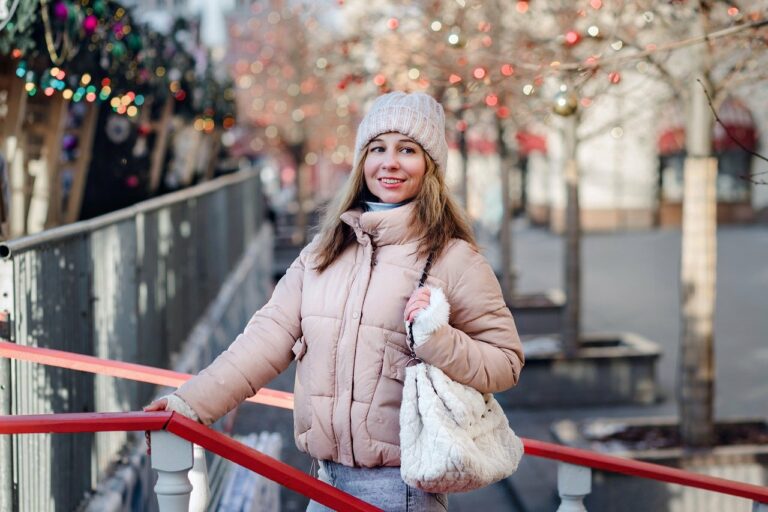Fashion and Film: Costume Design as a Narrative Tool
Costume design plays a pivotal role in bringing characters to life on the big screen. Through the careful selection of clothing, accessories, and overall aesthetic, costume designers have the power to visually communicate the essence of a character to the audience. Every detail, from the style of clothing to the color palette chosen, contributes to shaping the personality, background, and motivations of the character.
Moreover, costume design goes beyond mere fashion choices; it delves into the psychology of the character. By considering the historical context, cultural influences, and narrative arc of the story, costume designers create outfits that not only look visually appealing but also resonate with the character’s journey and emotional depth. The transformation that occurs when an actor steps into costume is profound, as they embody the role in a way that transcends words, allowing the audience to connect with the character on a deeper level.
The Evolution of Costume Design in Film
Costume design in film has undergone a significant transformation over the years. From the early era of black-and-white silent films to the modern day, the art of creating costumes for characters has evolved to become a crucial aspect of filmmaking. In the past, costumes were primarily used to differentiate between characters and convey basic information about their roles in the story.
As the film industry advanced, costume design became more intricate and detailed, playing a vital role in bringing characters to life on the screen. Costume designers started to collaborate closely with directors and actors to ensure that the clothing not only suited the character but also helped to convey their emotions and personalities to the audience. This shift marked a turning point in the evolution of costume design, elevating it from a functional aspect of filmmaking to a creative tool that enhances storytelling and enriches the viewer’s experience.
The Influence of Fashion Trends on Costume Design
Costume design in films is often heavily influenced by current fashion trends. Designers draw inspiration from the latest styles seen on runways, in magazines, and on the streets to create looks that not only suit the characters but also resonate with audiences. The use of trendy fashion elements in costume design helps to establish the time period and setting of a film, creating a more immersive experience for viewers.
Fashion trends can also serve as a tool for character development in costume design. The clothing choices of a character can offer insight into their personality, social status, and even their journey throughout the film. By incorporating current fashion trends into the costumes, designers are able to communicate important aspects of the character’s story without the need for dialogue or exposition. This integration of fashion trends into costume design enhances the visual storytelling of a film and adds another layer of depth to the characters on screen.
– Fashion trends in costume design help establish the time period and setting of a film
– Trendy fashion elements create a more immersive experience for viewers
– Clothing choices can offer insight into a character’s personality, social status, and journey
– Integration of fashion trends enhances visual storytelling in films
– Adds another layer of depth to characters on screen
How does costume design bring characters to life in film?
Costume design helps to convey the personality, background, and emotions of a character through their clothing choices, enhancing the audience’s understanding and connection to the character.
How has costume design evolved in film over the years?
Costume design in film has evolved to become more intricate and detailed, with designers using advanced techniques and materials to create authentic and visually stunning costumes that enhance the storytelling experience.
How do fashion trends influence costume design in film?
Fashion trends play a significant role in shaping costume design in film, as designers often draw inspiration from current styles and trends to create costumes that feel modern and relevant to audiences.

